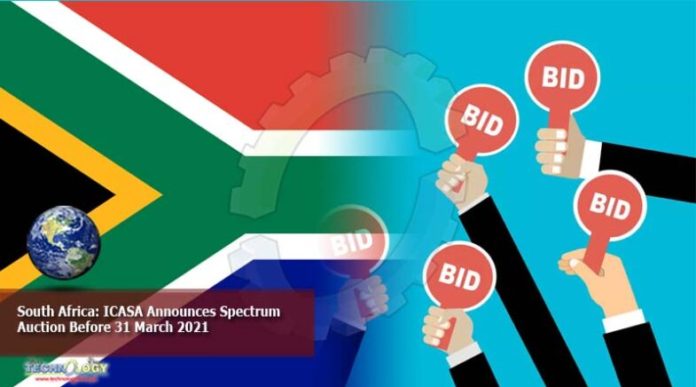
The Independent Communications Authority of South Africa (Icasa) has kicked off the process of making more radio frequency spectrum available to telecommunications operators wanting to provide broadband services.
This comes just months after Icasa concluded a successful auction of various spectrum bands, and it signals a clear intention not to dawdle in making available more frequencies that are the lifeblood of network providers.
The telecoms industry was heavily critical of the 14-year delay, leading up to March 2022, in licensing any new telecoms spectrum. Communications minister Khumbudzo Ntshavheni has vowed that there will be much greater haste in unlocking more spectrum for the sector to exploit, including for 5G services.
Icasa on Wednedsay published an “information memorandum” in the Government Gazette setting out its plans to initiate a “second phase” of spectrum licensing in the so-called “low and mid radio frequency bands”. These bands, especially in the low frequencies, are often referred to as coverage bands, while the mid- and high-frequency bands are used to provide quicker throughput to end users, albeit typically over smaller areas.
The purpose of Wednesday’s Government Gazette notice, Icasa said, is to “solicit views from interested stakeholders regarding the IMT (mobile broadband) radio frequency bands the authority intends to license during the second phase of the IMT licensing process”. Written representations must be furnished by no later than 19 September 2022.
March’s broadband spectrum auction raised R14.5-billion for the national fiscus – significantly more than expected – and a second round of licensing is also likely to attract keen interest from operators, provided the obligations Icasa attaches to the licences are not too onerous.
In the second phase, Icasa intends to sell the only lot of spectrum that was not auctioned off in March, namely “lot 9” in the 800MHz band, which had various conditions attached to it that resulted in bidders turning up their noses at it in March. It also wants inputs from industry stakeholders about selling off various other frequencies.
Icasa said licensing additional frequencies in the low and mid bands “will contribute significant bandwidth” towards meeting the country’s broadband targets as set out in government’s South Africa Connect strategy.
All the bands in question have been identified worldwide for mobile broadband services. They also “complement each other in the sense that they fulfil the requirements for capacity and coverage, which make them suitable for rural and urban areas and for bridging the digital divide”, the regulator said.
Specifically, Icasa is keen to explore the licensing of these frequencies in the short term:
- 2x10MHz at 800MHz: This is the unsold lot at the March auction, but the frequency is still being used by broadcasters. It will become available for full commercial use when South Africa completes its long-delayed migration from analogue to digital terrestrial television.
- 15MHz at 2.1GHz: This is unoccupied spectrum and is available for immediate use, once licensed.
In the medium term, Icasa is considering licensing these frequencies:
- 2x5MHz in the 450MHz band: These frequencies are currently used by various government entities, including the ministry of defence, Transnet and South African Airways. All are, however, in the process of migrating away.
- 25MHz as a “supplementary downlink” in the 700MHz band: This is dependent on the completion of digital migration.
- 40MHz at 1.5GHz: There are no licensed services in these frequencies.
- 40MHz at 2.3GHz: These frequencies are used for fixed services and outside broadband links, but these users are in the process of migrating away.
- 100MHz between 3.3GHz and 3.4GHz: There are no licensed services in these bands.
- 190MHz between 4.8GHz and 5GHz: Government occupies some frequencies in this range, and a feasibility study will still have to be undertaken to determine the feasibility of making this spectrum available for mobile broadband, Icasa said.










